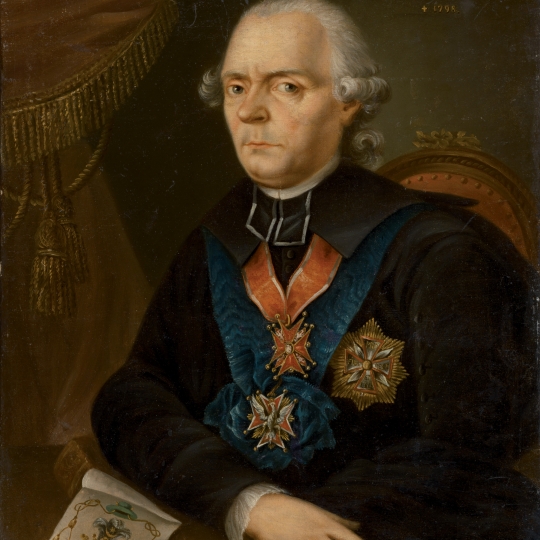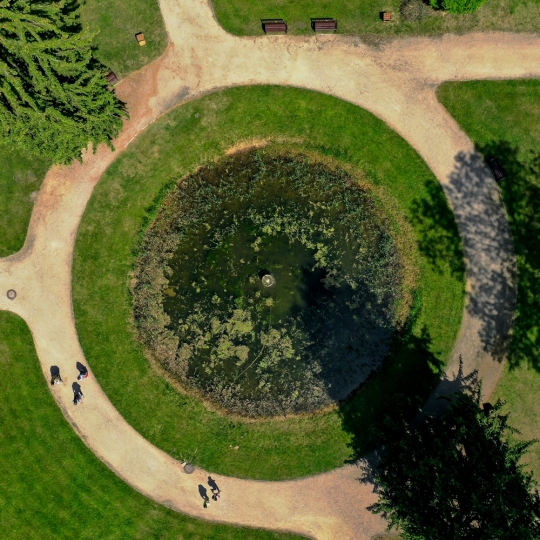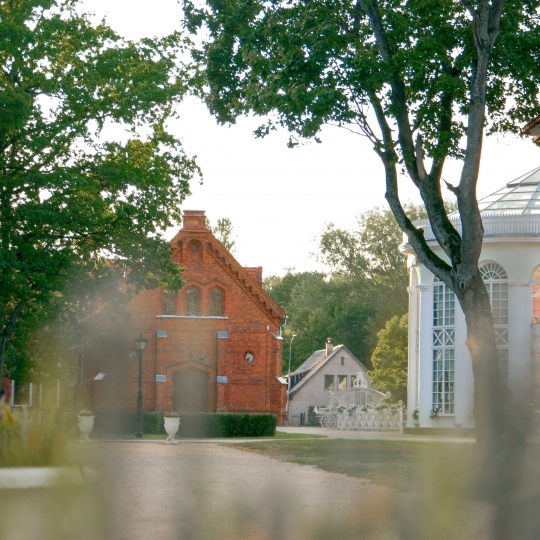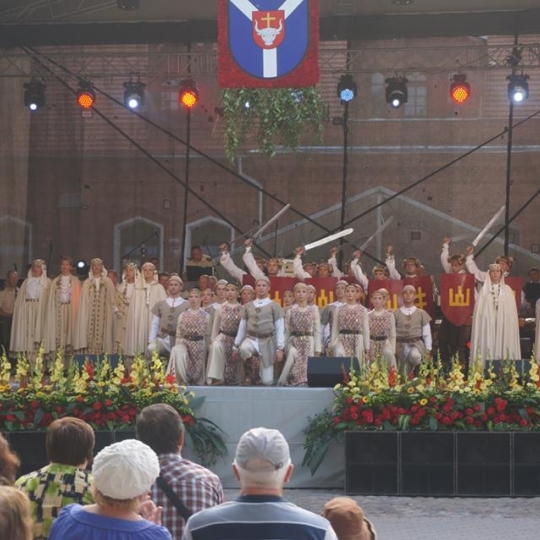Articles
The echo of old musical traditions in the halls of today’s castles and manors
2021 06 02In accordance with the cultural traditions established in the Western European world, music has received considerable attention in the Grand Duchy of Lithuania historically. At first, it was most cherished in the manor of the Grand Duke of Lithuania, later professional music was concentrated in the manors of nobles.
In Lithuanian manors, the palaces were often decorated with luxurious musical instruments, and the sounds they made were an inseparable part of the nobility’s feasts. In terms of professionalism and their repertoire, the orchestras funded by the landlords were no worse than the orchestras of Western European manors. Particular attention was given to music education. The representatives of the most prominent noble families were well-known music patrons, amongst them the nobles of the 16th-17th century: MikalojusRadvilasJuodasis (famous musicians of that time, the creators of religious hymns worked in his manor in Vilnius), KristupasRadvila, LeonasSapiega, JonušasTiškevičius, JonušasRadvila. At the end of the 17th century, festivals and receptions were often held in the manors in the form of masquerades (masks were worn during them), ridotto, dances and concerts, and musical evenings. The nobles were collectors of valuable musical instruments: for instance, the collection of Tyzenhaus included musical instruments by Groblicz, Dankworth, Stradivarius among the famous works of fine art, books, weapons and other exhibits.
Plungė Manor was where the talent of MikalojusKonstantinasČiurlionis matured
If you wish to walk the paths of the famous Lithuanian artist and composer MikalojusKonstantinasČiurlionis, you should definitely visit Plungė Manor. Here, at the orchestra school in the time of Duke Mykolas Oginskis, the famous composer, as well as his brother Povilas, studied and played. It is said that MikalojusKonstantinasČiurlionis really liked the park of Plungė Manor: it was his favourite spot for creation, relaxation and reading. This period of the composer’s life in Plungė, from learning to play various instruments, singing in the choir, composing and drawing, lasted from 1889 to 1893. Since 1892, MikalojusKonstantinasČiurlionis, as a flautist of the orchestra, received both sustenance and a salary, and performed with the orchestra in Palanga, Rietavas and Riga. The symphony orchestra of the manor consisted of a total of 30-50 musicians, and the repertoire included the pieces by the most famous composers. From 1894 to 1899, the composer studied at the Warsaw Institute of Music, and was further supported by Mykolas Oginskis. Later in his life, MikalojusKonstantinasČiurlionis kept coming back to Plungė visiting the places of youth, his love for SofijaKymantaitė was another thing that attracted him.
Kretinga Manor employed only musicians
Kretinga Manor is most famous for its special Winter Garden, rich live collection of exotic plants and animals. Years ago, in the second half of the 19th century, a Cossack military bagpipe orchestra played in the manor house and park in the summer. It was brought to Kretinga by the landowner Count Juozapas Tiškevičius. The concerts took place in the rotunda installed at the intersection of the alleys of the alley park, as well as in the Winter Garden. The manor housed about 10 musicians in the palace orchestra, the main ones being guest musicians from the Czech Republic. This orchestra of Kretinga Manor existed until the death of Count Juozapas Tiškevičius. The story goes that the count only hired musicians to work in the palace as servants: it was the carpenter of the Kretinga Manor, the orchardist, gardener, surveyor, accountant… The doctor did not know how to play, but had to sing.
An orchestra was once housed in the two-storey gates of Liubavas Manor
When Liubavas Manor was managed by the canon MikalojusTiškevičius (b. 1796), it also had its orchestra. Its musicians were housed in a two-storey gate built by the canon, presumably in the Baroque style. The gate, unfortunately, has not survived to this day. In his monograph ‘Neris and its Banks’, KonstantinasTiškevičius described what the Liubavas Manor looked like at the end of the 18th century.
The environment of Kairėnai Manor attracting with rich botanical collections and summer concerts
In the 19th century, there was also an orchestra and an amateur theatre in Kairėnai Manor. At that time, the manor was famous as the centre of Vilnius public life. Today, the botanical garden of Vilnius University is located in the vicinity of Kairėnai Manor, a park rich in plant diversity serves as a venue for various events and music concerts.
Musical traditions of Raudondvaris Manor
During the rule of Counts Tiškevičius, Raudondvaris Manor had an orchestra and, for a while, a theatre. It is mentioned that at the beginning of the 20th century, in 1903, when the palace was taken over by Benediktas Jonas Tiškevičius and his wife RozalijaBranicka, Raudondvaris renovated palace had a new salon that could serve as a music room, it had a piano and a pump organ. In the largest room of the palace, a hall with eight windows, there was a balcony specially installed for musicians, and a narrow staircase in the lobby leading to it. The walls of the White Banquet Hall of the manor house seem to remember the times when the music performed by the orchestra was played here.
Many of today’s Lithuanian manors continue the tradition of high-level musical events. In Paliesius, Babtynas, Bistrampolis, Gelgaudiškis, Ilzenbergas, Jašiūnai, Kairėnai, Kelmė, Paežeriai, Renavas, Rokiškis, TrakaiVokė and other manors, the castles of Trakai island and Biržai it is customary to organise impressive music concerts. The authentic environment of the manors often holds the concerts of the best Lithuanian and often world music performers.









